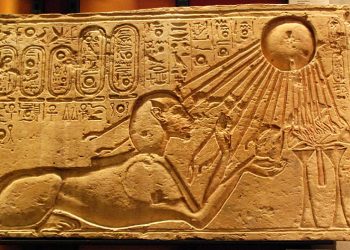The enigmatic kingdom of Aksum, a powerful African civilization that emerged in Ethiopia during the first century C.E., has intrigued scholars and history buffs for centuries. This article will uncover the fascinating tale of this ancient empire, revealing its meteoric rise, remarkable achievements, and eventual decline as a listicle-style article.
The Lost Kingdom of Aksum Uncovered
The Mysterious Origins of Aksum
Nestled in the highlands of northern Ethiopia, the kingdom of Aksum had its beginnings in the Tigray region. Its origins remain shrouded in mystery, with possible influences from the kingdom of Saba in the Arabian Peninsula. Preceded by the complex society of Di’amat, which was centered around the village of Yeha, Aksum emerged as a unified state by the first century C.E.
Strategic Location and Booming Trade
Aksum’s geographic position, situated at the crossroads of trade routes connecting East Africa, the Middle East, and India, enabled the empire to prosper. The Aksumites traded gold, ivory, and other valuable commodities with partners such as Egypt, South Arabia, and Rome, minting their own coins and expanding their influence.
The Golden Age: A Flourishing Society
Between the third and sixth centuries C.E., the kingdom of Aksum reached the peak of its power. Ruled by a stratified society, the empire expanded its territory through conquest, subjugating regions such as Meroe and Yemen. Aksum also developed a sophisticated urban infrastructure, with the capital city’s population growing to as high as 20,000.
The Dawn of Christianity in Sub-Saharan Africa
In the fourth century C.E., the kingdom of Aksum became the first sub-Saharan African state to adopt Christianity as its official religion. This transformation was largely due to the influence of Frumentius, a Phoenician from Tyre who became an advisor to the Aksumite court and introduced Christianity to the region.
The Ge’ez Script: A Lasting Legacy
Aksum’s written language, Ge’ez, was derived from the Sabaean script of the Arabian kingdom of Saba. Although no longer a spoken language, Ge’ez remains in use in Ethiopia’s Orthodox Church, serving as a testament to Aksum’s cultural influence.
The Fall of a Mighty Empire
By the end of the eighth century, the kingdom of Aksum had lost its power and territorial control. Factors contributing to its decline included the migration of nomadic Beja peoples, Persian conquest of Yemen, and the rise of Arab Muslims in the region. Environmental pressures, such as soil degradation and declining rainfall, further weakened the empire.
A New Era: The Agau People and the Zagwe Dynasty
As the kingdom of Aksum crumbled, political power shifted to the Agau people, who established the Zagwe Dynasty in the city of Lalibela. This marked the end of the Aksumite era, but the city of Aksum remains inhabited to this day and was designated a UNESCO World Heritage Site in 1980.
PLEASE READ: Have something to add? Visit Curiosmos on Facebook. Join the discussion in our mobile Telegram group. Also, follow us on Google News. Interesting in history, mysteries, and more? Visit Ancient Library’s Telegram group and become part of an exclusive group.











